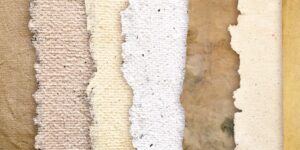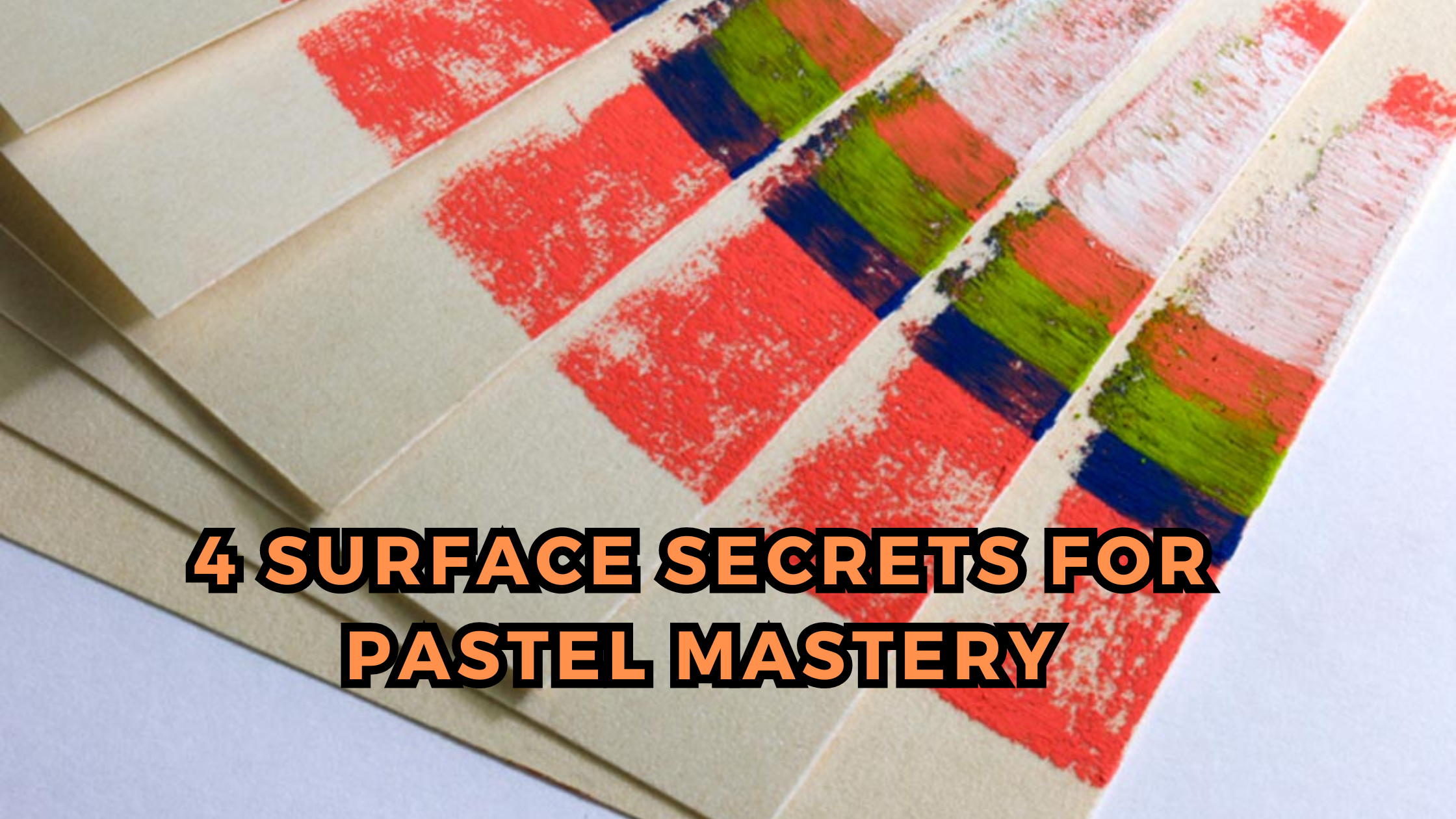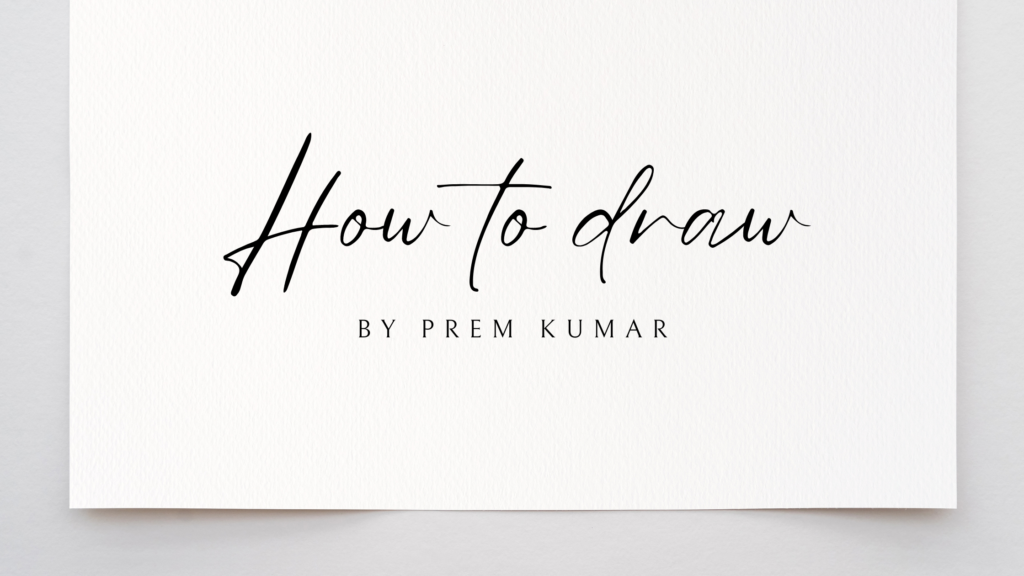Choosing the correct Surface for artists involved in the world of pastel drawing is a critical decision that can substantially influence the outcome of their creations. Paper and board, two common materials, stand out as key rivals for pastel artworks. In this investigation, we go into the intricacies of each surface, weighing their benefits and drawbacks to assist artists in making an informed decision depending on their tastes, style, and intended results.

Paper Surface: A Timeless Classic
For ages, pastel artists have used paper as their customary surface, providing a delicate and adaptable basis for their work. Pastel paper’s texture is specifically intended to grip pigment, allowing for simple layering and blending. To generate diverse effects, artists can choose from a variety of paper textures ranging from smooth to deeply textured.
One of the most major advantages of pastel paper is its ease of use and low cost. Artists may easily pick a type of paper that meets their preferences and budget because it is available in a variety of sizes and weights. Because of its adaptability, it is a fantastic choice for artists of all skill levels, from beginners to seasoned experts.
The tooth of pastel paper, or surface texture, is important in pastel application. The more pigment the paper can contain, the richer and more brilliant the colors will be. Pastel paper may be the best choice for artists who desire a rough surface that clings onto pastel particles.
However, there are certain disadvantages to using pastel paper. The roughness can produce a gritty effect in some cases, and excessive layering can lead the paper to degrade or lose its grasp on the pastel. Additionally, the weight of the paper might be an issue, particularly for painters who want to work on larger scales.

Board Surface: A Durable Alternative
Pastel artists have increasingly turned to board as an alternative to standard paper surfaces in recent years. Pastel boards are often constructed up of a firm backing, which is often made of compressed materials such as wood or fiberboard, and a particular surface optimized for pastel application. This strong base has considerable advantages over paper, especially in terms of durability and stability.
One of the key advantages of pastel board is its durability. Unlike paper, which may bend or rip, pastel boards offer a firm and unyielding surface for artists to work on. This is especially useful for people who love to use intense pressure while working with pastels or who alter and layer their works regularly.
Pastel boards’ smoother surface may also appeal to artists seeking a new tactile sensation. The lack of a prominent tooth enables for a more controlled application of pastels, making fine details and smoother gradients easier to accomplish. Because of this, pastel boards are a fantastic choice for painters who prefer realism in their work.
However, for some painters, the lack of considerable tooth on pastel boards might be a drawback. Because of the reduced texture, pastel particles may attach less efficiently, making it difficult to layer and blend colors as successfully as on traditional pastel paper. Furthermore, pastel boards are frequently more expensive than paper counterparts, which may be an issue for painters on a tight budget.
Selecting the Best Surface for Your Creative Vision
Finally, the decision between pastel paper and pastel board is determined by the artist’s tastes, style, and intended outcome. Artists can use the following considerations to help inform their decision:
1. Texture Preference: If a prominent tooth for layering and mixing is needed, pastel paper may be the preferable choice. Artists who want a smoother surface for finer details, on the other hand, may select pastel boards.
2. Durability: The sturdiness of pastel boards may exceed the fragility of regular pastel paper for artists who work furiously or repeatedly modify their compositions.
3. Budget: Cost considerations may influence the decision between paper and board. While pastel paper is often less expensive, pastel boards provide permanence and solidity that may justify the higher expense for some artists.
4. Subject Matter: The subject matter’s nature might also play a role. Pastel paper may be better suitable for landscapes and bright settings by artists seeking a more emotive, textured style. Pastel boards, on the other hand, have a controlled surface that may be great for detailed portraits and still-life compositions.
Conclusion
There is no one-size-fits-all solution to the ongoing dispute between pastel paper and pastel board. Both surfaces have distinct features that cater to various artistic styles and preferences. Experimenting with multiple mediums can provide vital insights into an artist’s unique preferences while also helping to raise pastel works to new heights.
As the art world evolves, so will the resources available to artists. Pastel artists are lucky to have a variety of surfaces at their disposal, each of which provides a unique path for creative expression. Whether it’s the time-honored charm of pastel paper or the modern tenacity of pastel board, the choice is ultimately in the hands of the artist, with each stroke adding to the rich tapestry of their creative journey.
Some Recommendations for Pastel Papers:
- MUNGYO Professional Pastel Paper – Link here
- Handbook Paper Pochette Sanded Pastel Premier Papers – Link here
- Hahnemuhle Pastel Paper Pad – Link Here
- Paper Pep Colorissimi Card – Link Here
To learn more about art, visit SILPAVAT.IN


